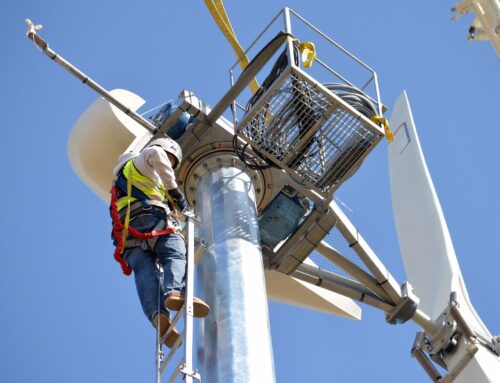In the early 2000s, NASCAR fans called into question the organization’s safety protocol after beloved drivers, Dale Earnhardt, Tony Roper, Kenny Irwin, and Adam Petty died from injuries sustained in racing accidents. NASCAR responded by increasing research on safety measures in order to better protect drivers. Inspectors employ a variety of non-destrutive testing methods when evaluating the viability of racing vehicle components so that flaws, weaknesses, and worn parts can be repaired or replaced before drivers get behind the wheel.
NASCAR vehicles endure harsh usage at high speeds, so proper testing of each vehicle component is imperative to ensure the driver’s safety. Welded components and joints are first visually inspected for quality. Surface cracks can be detected using Liquid Penetrant Testing, an nondestructive test during which an inspector applies a dye over the surface under scrutiny, then waits for breaks in the surface to absorb the dye. The technician then applies a developer which highlights any breakage, revealed under fluorescent or UV light in a dark space. Surface defects can also be detected using Magnetic Particle Inspection on metals that can be magnetized. During this test, a technician applies a magnetic current to a surface, then places fine iron particles on the metal, which align with the direction of the magnetic current. Breaks in the surface material produce detectable breaks in the particle lines. This method can be used to detect subsurface flaws, though the accuracy diminishes with greater depth. Both LPT and MPI methods are used to inspect vehicle parts like crankshafts, transmission components, gears, and connecting rods.
Other NDT methods are useful when searching for defects that cannot be seen with the eye, even with surface testing methods. Materials that can conduct electricity may be tested using Eddy Current Inspection. During this test, a technician puts an energized coil near the surface in question, then uses a probe to create electrical currents that flow in a circular path, called an Eddy Current. Defects cause a break in the Eddy Current which alert the technician to flaws and excessive wear in the material. This method can be used to inspect the strength of welds, for example.
Inside a vehicle, radiography is used to detect whether or not seatbelts and airbags have been built correctly. Technicians take images of components using gamma rays or x-rays when conducting inspections. Differences in shading between images indicate weaknesses and breaks in the materials. Radiography can be used to survey metal components as well. While several other NDT methods are employed by inspectors, like Ultrasonic Testing, Optical Non-Destructive Testing, and Acoustic Emission Monitoring, each method is employed to serve the overall mission to keep NASCAR drivers safe on the track.








Leave A Comment